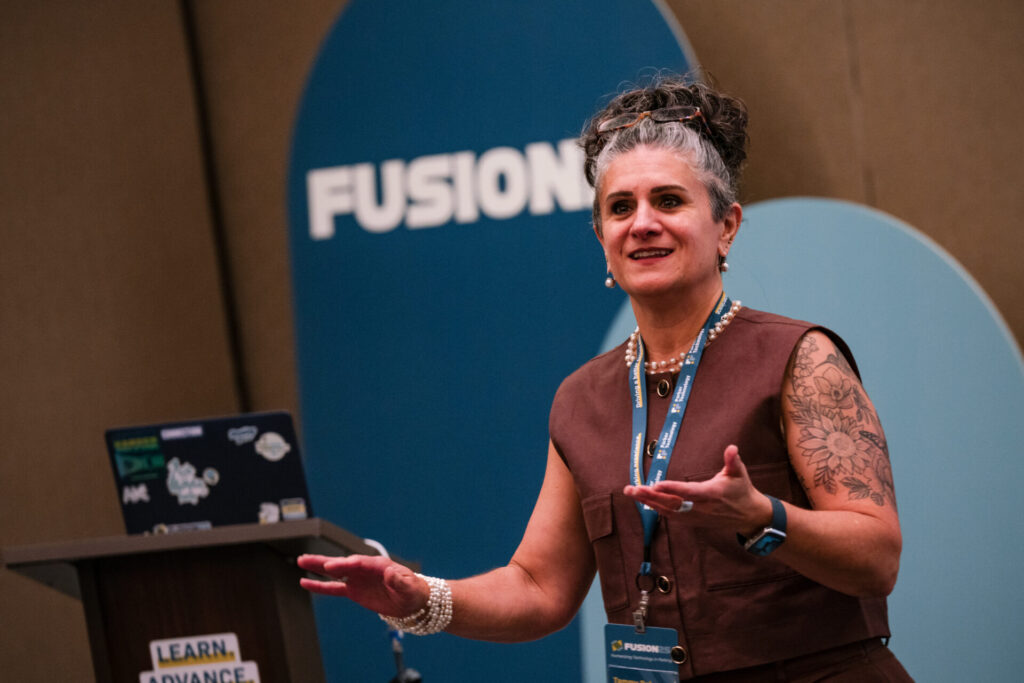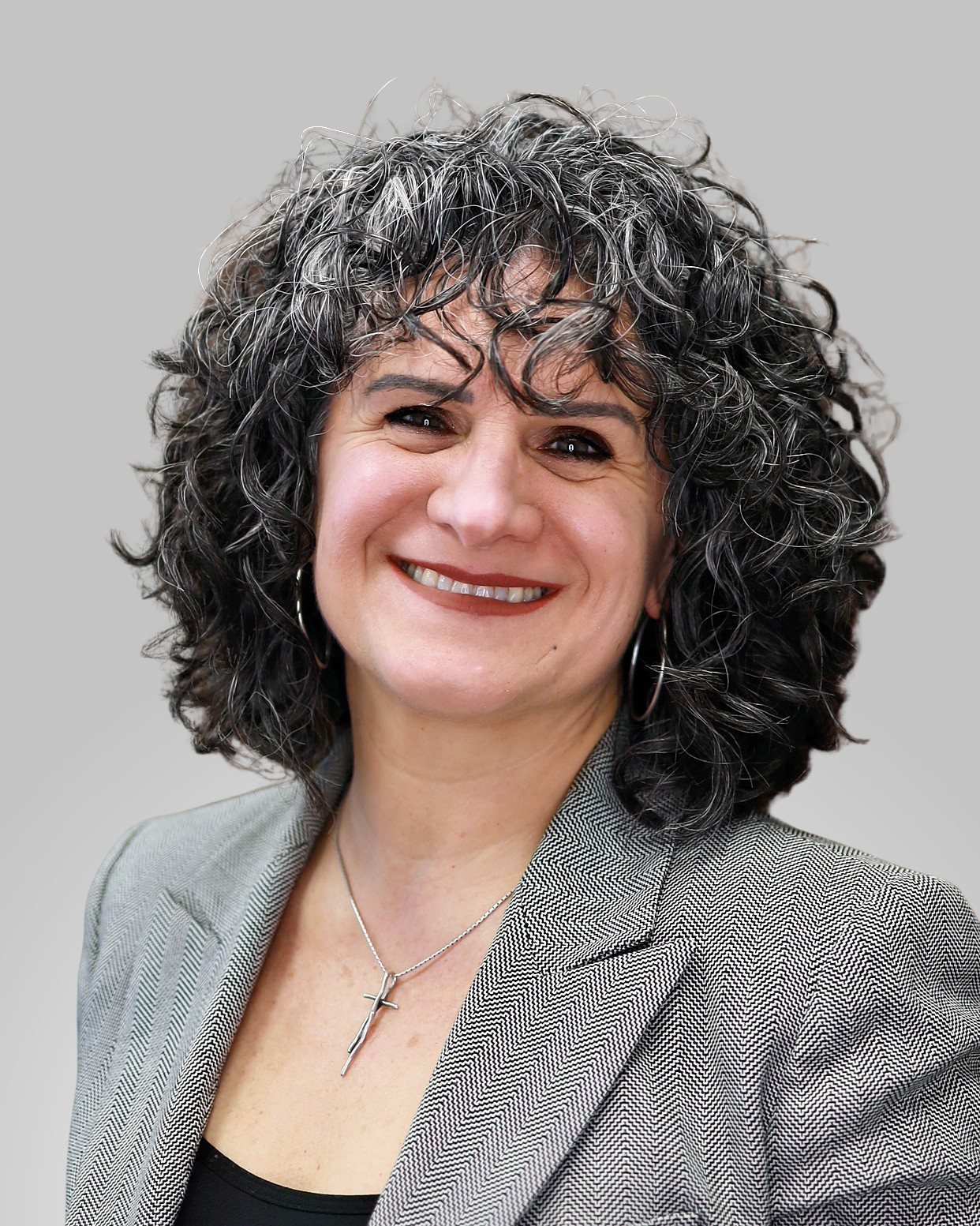
If you grew up in a “because I said so” household, you already know the management style that doesn’t scale.
We all want to know our purpose: “I need to be able to understand what I do and how it impacts the company vision.”
In her FUSION25 session, Tammy Baker, COO at Parker Technology, walked us through what scales: practical building blocks, honest feedback loops and reward structures that turn “butts in seats” into outcomes that matter.
Here are the highlights, and a few takeaways that you can use in your call center.
Start with the Footer: Purpose, Systems, People
Before you chase shiny tools or quick fixes, check your foundation.
Purpose. Everyone throughout the organization needs to see how their work matters, not just the “company vision,” but their purpose inside it.
Systems. Tammy cautions against short-term fixes: “If you stay limited in your scope…in two months you’re going to be drowning again.” Build processes that scale with your growth curve.
People. You can train skills; you can’t train heart, integrity, or drive.
Get this “strong footer” right, and you move from reacting to leading.
Process & Procedures: Guardrails, Not Handcuffs
SOPs aren’t about micromanaging; they’re about consistent decision-making and a fair experience for both clients and employees. When your team knows the “rock” you want (“Does it need to be jagged? Does it need to be smooth?”) accountability becomes natural, not punitive.
What to watch:
- Client-impacting indicators: Queue time, missed calls, call volume
- CSR efficiencies: Calls per hour, QA scores, attendance
The goal isn’t to report what happened yesterday, it’s to spot tomorrow’s trouble early and adjust before it snowballs.
Quality Control: Data with a Heart
Tammy challenges leaders to remember how quality control feels on the receiving end.
“What if we all had a quality control department behind us…everything that you do…is recorded?” That empathy shaped Parker’s Quality Assurance department to be unbiased, focused on what matters, and genuinely useful for coaching, not “gotchas.”
- ROI lens: If QA doesn’t improve outcomes, it’s theater.
- Structure: Reporting lines matter; remove bias wherever possible.
- Utilization: If employees can’t use the feedback, you’re burning money.
Bottom line: measure what moves the business and humanize how you deliver it.
Feedback Loops: Be a Detective, Not a Prosecutor
Tammy’s rule of thumb: “Communicate the positives to everyone and run back the negatives like a detective.”
With clients, negative feedback is a trust signal; they believe you’ll fix it. With employees, close the loop; if the same thing keeps surfacing, you don’t have a people problem, you have a communication or process gap.
Leaders who say they want feedback but punish candor? Teams notice. Pair transparency with follow-through.
Requests: Clarify, Track, Prioritize
This is where a lot of organizations wobble.
1) Clarify
Ask for the “why” behind the “what.” Sometimes the stated request doesn’t match the real need.
“The customer’s need is always correct. What they’re asking for isn’t always correct.”
2) Track
Email works, until it doesn’t. Move requests into a shared system so Sales, Client Success, Tech Services, and Ops see the same truth, can hand off seamlessly, and report on work done.
3) Prioritize
Be honest about capacity. Separate real issues from education opportunities, lean on your team, and communicate real timelines. Credibility beats comfort.
Reward What Moves the Needle
What you reward is what you’ll get, so choose wisely.
“Your focus will guide their path.”
Attendance
In a call center, no-shows hurt.
“If somebody doesn’t show up, you’re… just screwed. There’s no way to get the call.”
Parker ties dollars to reliability:
- Keep occurrences below 2.5 points → keep your attendance differential.
- Go over? You lose it for two pay periods and must earn it back.
- Shift swaps and picking up open shifts help teammates and reduce points, because life happens, but accountability matters.
Productivity (Calls per Hour) and Quality
When Parker rolled out a tiered productivity bonus, average calls per hour jumped from ~15 to ~24. But speed alone doesn’t win, eligibility requires a minimum QA score of 91%. Performance and experience, in balance.
Overnight Reality Check
Overnight staffing is built to protect customers from spikes and strandings, so productivity pay is tied to missed-call percentage instead of raw calls per hour. It’s the right metric for the job.
Leadership Alignment
Leaders are rewarded on cross-functional outcomes (e.g., implementation quality that shortens CSR handle time). When goals align, silos shrink and the customer wins.
This is the quiet genius: your reward design is your culture design.
KPIs Evolve and So Should You
Metrics that served you five years ago may be dead weight today. Parker shifted from chasing duration to focusing on calls per hour, because, as Tammy says, “If you have enough calls per hour, your duration is handled all by itself.” Revisit KPIs quarterly or annually to keep them honest and impactful.
Take It Home: Alignment Over Everything
- Balance: Respect proven best practices and push smart boundaries.
- Zoom out: Spend time watching the business, not just working in it.
- Adjust on the fly: Build systems that help you pivot, not fossilize.
- Your focus will guide their path, and your incentives will pave it.
Tammy’s playbook isn’t theoretical. It’s what we’ve learned growing a high-performing, human-centered call center in a complex, spiky world. Clarify the ask, track the work, prioritize with courage, and reward the behaviors that create a reliable, high-quality experience. The result? Fewer misses, faster service, and a team that owns the outcome.

Tammy Baker
COO
Tammy Baker has 25 years of experience in process improvement, team management, systems, change management, training and inventory control. She holds a B.A. in Organizational leadership and Supervision from IUPUI.
